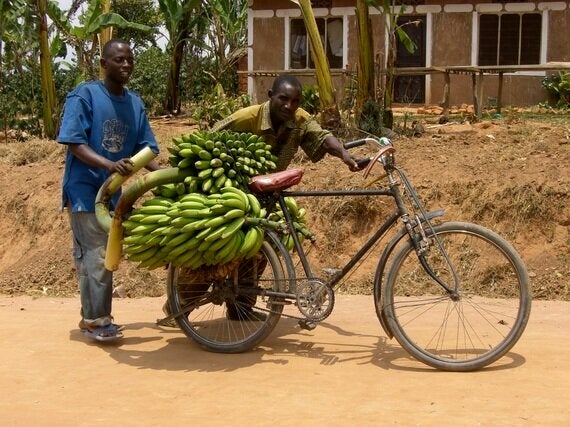
Agricultural development through productivity improvements, crop intensification, irrigation, and investment in infrastructure has significantly improved food security and the seasonal dimension of hunger worldwide in recent years. Yet seasonal hunger still persists among the rural poor, and should not be lost within poverty statistics or forgotten when addressing chronic hunger in policymaking.
Much of the chronic hunger that exists on earth is exasperated cyclically and seasonally. Chronic hunger is the result of undernourishment, and primarily occurs in poor rural areas in developing countries, principally in farming communities where the majority of the world's poor depend on agriculture for their nutrition and incomes. Unlike those who experience famine, undernourished people may have access to some food but lack sufficient access to safe and nutritious food for normal growth and development. As a result, they suffer from weak immune systems and are more vulnerable to diseases and infections. Children are particularly vulnerable to chronic hunger and poor nutrition, which causes early births, stunting, and causes 45% of child deaths under the age of 5. The Institute for Development Studies reports that seasonal hunger affects approximately 600 million people each year.
In order to effectively address chronic hunger, we need to address its causes. Seasonal, chronic hunger occurs between major crop harvests. Seasonal hunger occurs when the previous harvest year's food stocks have been diminished, food prices are high, and jobs are scarce. It is so prevalent that different regions have names for it: the thin months, the seasons of hunger, or the times of silence.
To target seasonal hunger, a first step is to increase smallholder farmers' productivity and access to markets (one of the main goals promoted by the Bill & Melinda Gates Foundation, amongst others). This is because chronic hunger is primarily about people's inability to access and pay for nutritious food, as opposed to global food availability. By increasing productivity and access to markets, farmers can sell more of their crops to better paying markets, thereby securing critical additional income to pay for a greater variety of food throughout the year. Further, investments in storage infrastructure can lead to lower relative prices for different food products, making them more affordable.
Second, ending seasonal hunger means helping vulnerable families diversify both their income generating opportunities and their crops to include subsistence as well as cash crops. Diversifying with subsistence crops can mean the difference between hunger and food security, especially when growing commodity crops like coffee that are subject to fluctuating market prices. Diversification is important even when selling to high premium markets. For example, a 2007 study commissioned by Green Mountain Coffee Roasters (now Keurig Green Mountain)--the largest buyer of fair trade coffee in the world--found that even with fair trade premiums, coffee farmers in Guatemala, Mexico and Nicaragua suffered "a period of food insecurity ranging from one to seven months of the year--every year."
Seasonal hunger still persists, and seasonal dimensions of poverty and chronic hunger should not be forgotten in policymaking, despite the difficulty of addressing seasonal hunger in standard poverty statistics. As the global community works to address food security and nutrition within the finalization of the Sustainable Development Goals this autumn, let's not forget about the importance of addressing seasonal hunger as part of that process.
This post originally appeared on the Bill & Melinda Gates Foundation's Impatient Optimists blog.